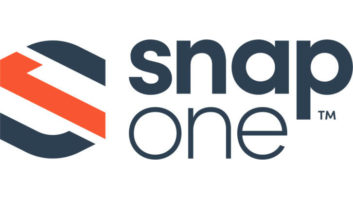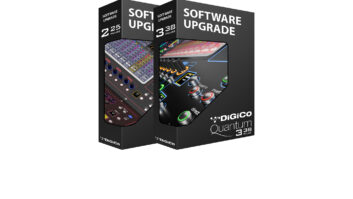In the space of three years, the Secure Digital card has carved out a sizeable niche in the fiercely competitive removable flash memory market, and its association aims to grow the format’s share further in 2003 with higher-capacity cards and related products to expand the format’s application.
Touting it as the emerging “de-facto” industry standard for removable memory, John Burnham, director of Panasonic’s strategic alliance and business development group, and national marketing director for the SD Card Association, said the format has grabbed 19 percent of the worldwide market in 2002, up from 6.9 percent in 2001.
Burnham pointed to statistics from the Framingham, Mass.-based research firm IDC, which predicted that SD would lead worldwide flash memory card shipments starting in 2004 and grab an ever-increasing share through 2006.
The current market share leader is the CompactFlash card format, which is popular in higher-end cameras. The CF card is also the reigning capacity champ with the recent announcements of 2GB and 4GB cards by SanDisk and Lexar.
SD card capacities will hit 1GB in the fall of this year with a 2GB card slated for 2004 and a 4GB ready in 2005, if the market demands it, Burnham said.
According to Burnham, one of SD’s key benefits, its networking capability, is only now reaching “critical mass” with enough diverse products to make consumers take memory format into consideration with a CE purchase.
“It’s coming into their focus,” he said. “But we’re only at the beginning of this process, where the consumer recognizes the utility of using the card to transfer data from device to device.”
As of March 4, the SD universe was populated with 908 SD-enabled devices from 105 brands in 32 product categories. The leading product categories include digital still cameras with 66 models from 15 brands, digital video cameras with 150 models from 78 brands and PDAs with 68 models from 21 brands.
PDAs comprise one of the fastest growing application segments for SD, followed closely by mobile phones. Indeed, to court the latter category, the association has developed the miniSD card, a smaller and slimmer card based around the Secure Digital platform. In contrast, its chief competitor in the multidevice sphere, Memory Stick, boasts 600 different product models from 387 companies in 60 product categories (though definitions from the two associations differ slightly). It too has released a smaller form factor product, the Memory Stick Duo, for use in multimedia cell phones.
A key difference between the two, Burnham said, was SD’s compatibility throughout the capacity roadmap – the ability for higher-capacity cards to work in older SD-enabled products. Sony’s new, higher-capacity Memory Stick PRO is only compatible with new devices and not with existing Memory Stick-enabled products.
Burnham is confident the SD format can weather competition from emerging competitors, principally USB storage drives and the new xD-Picture Card co-developed by Olympus and Fujifilm. Both formats lack the wide range of applications and devices encompassed by SD, he said.













